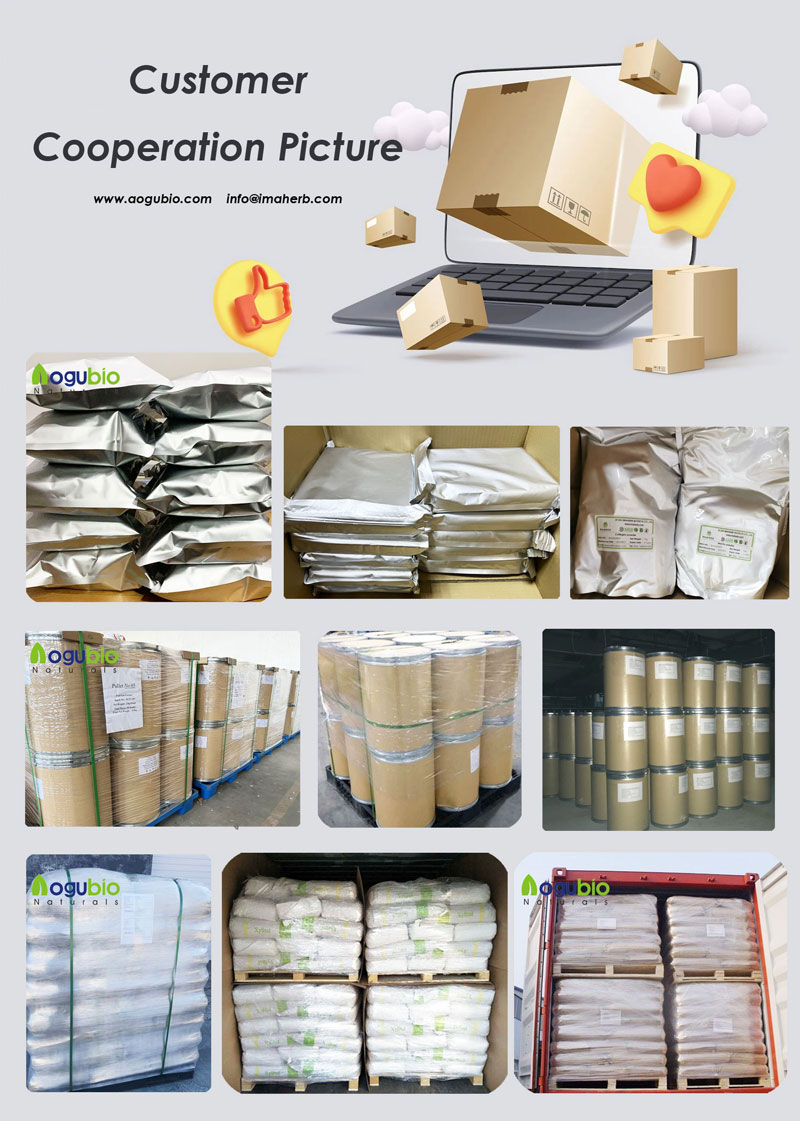Wholesale Bulk 99% Micro Palmitoylethanolamide (PEA ) Powder
Product Description
What is Palmitoylethanolamide powder?
Palmitoylethanolamide powder, produced in the body, is a natural painkiller ingredient in the endogenous fatty acid amide category and synthesized within your own body. We call it endogenous. Palmitoylethanolamide pea powder is widely applied in sports nutrition supplements and joint health formulas worldwide, especially in the United States, Australia, UK, Canada, and EU countries like the Netherlands, Belgium, and Italy.
Palmitoylethanolamide pea powder is a pretty long word. If it is your first time come across it, you may wonder how to memorize or pronounce it. Well, palmitoylethanolamide is a word that consists of three words:
Palmitoyl / pɑːmɪ’tɔɪl/ +Ethanol / ‘eθənɔːl/ +Amide / ‘æmɪd/
In our daily life, PEA (the first letter of each of the three words) refers to palmitoylethanolamide for short. However, PEA itself is a plant, and PEA protein is also applied in bodybuilding supplements as a vegetarian source of protein content. Don’t get them wrong.
PEA has been demonstrated to bind to a receptor in the cell nucleus (a nuclear receptor) and exerts a great variety of biological functions related to chronic pain and inflammation.
Palmitoylethanolamide chemical properties

The IUPAC name of PEA is N-(2-Hydroxyethyl) hexadecanamide. Raw Palmitoylethanolamide is usually in powder form, with molecule formula and weight as C18H37NO2 and 299.49 respectively. 544-31-0 is Palmitoylethanolamide’s CAS Registry Number and unique chemical identity.
Palmitoylethanolamide is practically insoluble in water and poorly soluble in most other aqueous solvents. Therefore, you may find that almost 99% of finished dosage formulations of palmitoylethanolamide are in capsules or soft gels.
Palmitoylethanolamide VS Phenylethylamine
In fact, they are two completely different ingredients. No relationship is between them. Phenylethylamine or Phenylethylamine HCl is most known as a mood and weight loss ingredient in many sports nutrition. While Palmitoylethanolamide powder is popularly known as a painkiller. The connection is that both compounds are abbreviated as PEA, and called PEA powder. So don’t get them wrong.
Palmitoylethanolamide vs anandamide
Many of our clients who buy bulk palmitoylethanolamide powder are also interested in Bulk anandamide powder and anandamide oil from us. Therefore, what’s the relation between them?

Both Palmitoylethanolamide pea powder and anandamide are endogenous fatty acid amides in our human bodies.
According to Wikipedia, Palmitoylethanolamide PEA and related compounds such as anandamide seem to have synergistic effects in models of pain and analgesia.
Gas-chromatography/mass-spectrometry measurements show that the levels of anandamide and PEA in the skin are enough to cause a tonic activation of local cannabinoid receptors.
In one study, the data shows that anandamide and PEA activate pharmacologically distinct receptors and that these two substances can be produced simultaneously in tissues. When injected together in equal amounts, anandamide and PEA inhibited the early phase of formalin-evoked pain behavior with a potency that was approximately 100 fold greater than each of the compounds separately (Fig. 3a). A similar synergistic potentiation occurred in the late phase, on which anandamide had no effect when given alone (Figs 1a and 3b). Earlier administration of either CB1 or CB2 antagonists entirely blocked the response.

Anandamide and PEA synergistically inhibit formalin-evoked nociception.
a, Early phase.
b, Late phase (open squares, anandamide; filled diamonds, PEA; filled circles, anandamide plus PEA). Equal amounts of anandamide and PEA were administered by i.pl. Injection at the doses indicated on the abscissa.
In addition, the FAAH enzyme is able to break down both anandamide and palmitoylethanolamide in the body. If more PEA and AEA powder are added, it will take more time for FAAH to work and thus lasts longer positive effects.
Palmitoylethanolamide food sources
Some natural sources are found to contain Palmitoylethanolamide.

You may notice that soy lecithin, soybean, egg yolk, peanut (Arachis hypogaea), and Medicago sativa are among the top food sources. However, the calculating weight unit is ng/g (nanogram/gram). 6700 ng/g is equal to 6.7mg/kilo, meaning that only 6.7mg PEA is in 1 kilo of soybean. The concentration of palmitoylethanolamide in natural foods are too low to meet our daily need. All the market need is bulk Palmitoylethanolamide, high in concentration and low in manufacturing cost. Aogubio science is a bulk supplier of palmitoylethanolamide raw powder. If you have any questions regarding PEA, just feel free to contact us.
Mechanism of action of Palmitoylethanolamide PEA
Palmitoylethanolamide PEA works by affecting various receptors directly or indirectly, such as PPAR-a, CB1, CB2, GPR119, GPR55, etc.

Palmitoylethanolamide PEA powder increases the endogenous levels of AEA (anandamide) and 2-AG(2-arachidonoyl-glycerol) through the inhibition of the activity or expression of FAAH, or via additional unknown mechanisms, which directly activate CB2 and TRPV1 receptors (transient receptor potential vanilloid type-1 channel). PEA, possibly through allosteric modulation of TRPV1 receptors, potentiates the actions of AEA and 2-AG at TRPV1 receptors.
PPAR-α and GPR55 are direct receptors. The PPAR-a receptor mediates mood, pain, and neuroinflammation. PEA bound to PPAR-a receptors forms heterodimers with retinoic acid receptors. The dimer acts as a transcription factor promoter of peroxisome proliferator response elements.
Activation of PPAR-a increases the production of intracellular neurosteroids, which alters calcium channels and big conductance potassium channels leading to hyperpolarized neurons. This accounts for the antiseizure activity of PEA in animal models.
Palmitoylethanolamide blocks the excessive activity of mast cells and glial cells and restores their normal activity. By the way, Palmitoylethanolamide also cuts down the activity of the pro-inflammatory enzyme COX. There are more mechanisms showing how palmitoylethanolamide works (listed at the very bottom of this page.)
Palmitoylethanolamide Benefits
Palmitoylethanolamide dietary supplements have not been evaluated by the Food and Drug Administration, and are not intended to diagnose, treat, cure or prevent any disease. However, many palmitoylethanolamide product brands believe it is intended to diagnose and treat anti inflammatory pains for suspected medical conditions, such as neuropathic pain.
- PEA for Neuropathic Pain
In one pivotal, double-blind, placebo-controlled trial in 636 sciatic pain patients, pain intensity is strongly reduced by 50% after 3 weeks of treatment.
No drug interactions or troublesome side effects have been described so far.
- PEA for anti inflammatory purpose
Inflammation means pain. The inflammatory process is of great significance in the development of Neuropathic Pain.
Palmitoylethanolamide is an anti-inflammatory and pro-resolving lipid mediator that turns down mast cell activation and regulates glial cell behaviors. The sustained imbalance between pro-inflammatory and pro-resolving mediators shows that chronic neuroinflammation is happening.





















